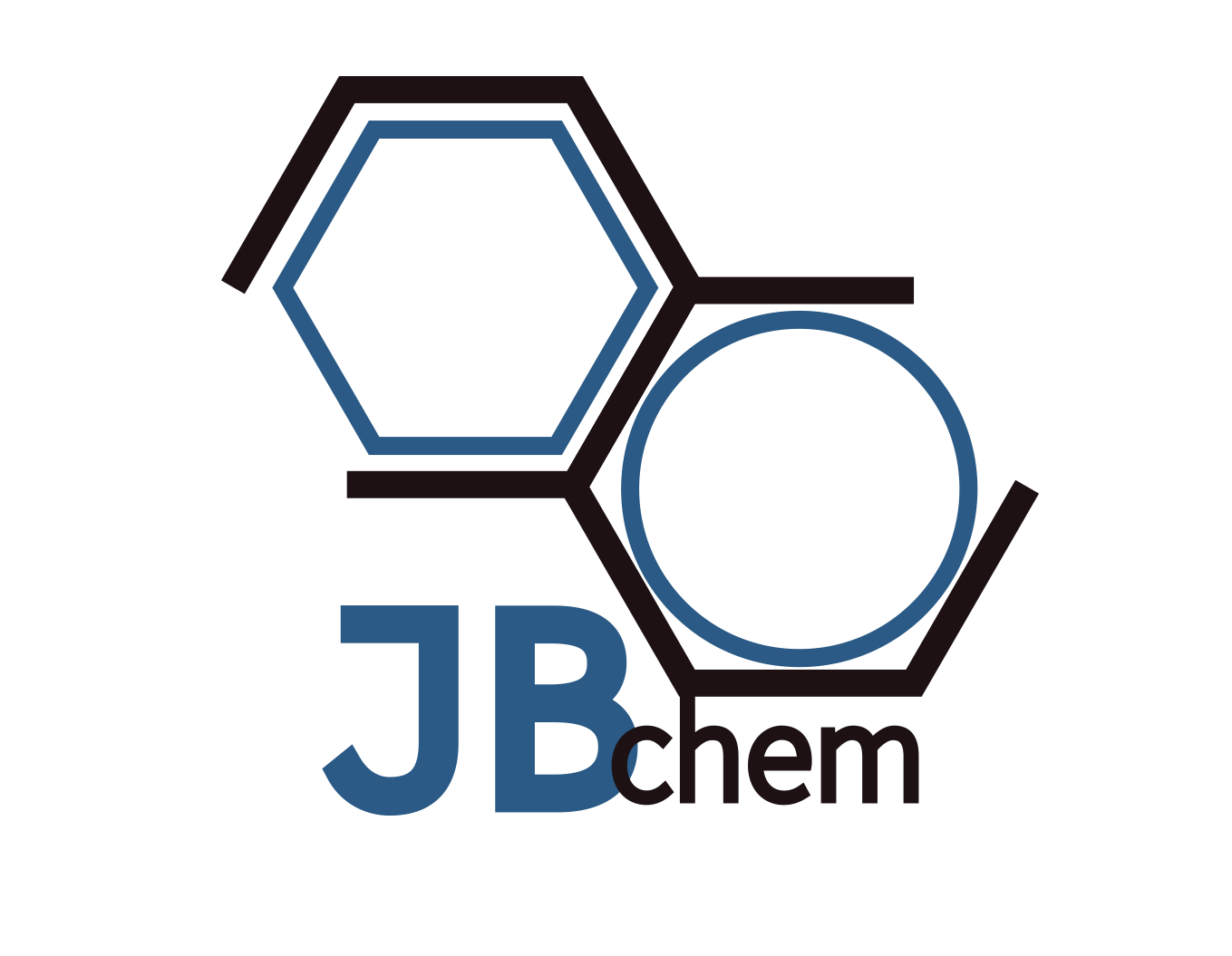Graphene Oxide Dispersion
Product Properties
Graphene Oxide Dispersion
Layers: <3
Purity: >99 wt%
Diameter: 0.5-3 um
Thickness: 0.55-1.2 nm
Graphene Content: 1-3 wt%
Purity: >99 wt%
Diameter: 0.5-3 um
Thickness: 0.55-1.2 nm
Graphene Content: 1-3 wt%
ASH: <1.5 wt%
Graphene Content: 1-3 wt%
Graphene Content: 1-3 wt%
Carbon Content: 50-65 wt%
Oxygen Content: 30-50 wt%
ASH: <1.5 wt%
Graphene Content: 1-3 wt%
Graphene Content: 1-3 wt%
Carbon Content: 50-65 wt%
Oxygen Content: 30-50 wt%
ASH: <1.5 wt%
Graphene Content: 1-3 wt%
Graphene Content: 1-3 wt%
Carbon Content: 50-65 wt%
Oxygen Content: 30-50 wt%
Application of Graphene Oxide Dispersion
- Adsorbents for Contaminants: Graphene oxide dispersions are used in water treatment processes as efficient adsorbents for removing metals, dyes, and other pollutants from water. The large surface area and functional groups on GO make it highly effective at capturing contaminants.
- Electrodes in Batteries and Supercapacitors: The high electrical conductivity and surface area of reduced graphene oxide (rGO), which can be derived from graphene oxide dispersions, make it an excellent material for use as electrodes in batteries and supercapacitors. These characteristics contribute to higher energy and power densities in energy storage devices.
- Reinforcement Material: Graphene oxide dispersions are mixed with polymers, metals, or ceramics to create composite materials with enhanced mechanical, thermal, and electrical properties. The addition of GO can significantly improve the strength, stiffness, and conductivity of the base material.

